When photographing water, it can oftentimes be a good idea to tame the reflections with a circular polarizer filter. A circular polarizer is a filter that rotates on the front of your lens, allowing you to cut through reflections in water and glass. These examples show how different rotations of the filter can have varying effects on a scene.

This is my setup when photographing with a circular polarizer: a 105 Sigma filter attached to a Lee filter holder.
For this sunrise photograph of Trillium Lake, I wasn’t quite sure which version I would like better: the one with the full reflection showing in the water (left), or the one with a little bit of the lake peeking through (right). (Click on the photo to view larger.) In this case, I could probably go either way. I ended up selecting the image on the right to do a full process with, as you can see in the feature image of this post, as I did like the little bit of lake peeking through.
Polarizers don’t just affect water, but they can also affect anything with glare or shine. In this case, the rocks were wet and changing the rotation of the polarizer either kept or removed that glare.
I photographed this scene as a classic example of how a circular polarizer can affect reflections in water. In the image on the left, the reflection almost completely blocks out the sand and rocks under the surface of the water, but in the image on the right, you can see through to the bottom of the little puddle. Watch the video below to see this effect change the scene as I rotate the filter on the front of my lens:
Quick Tip: Use live-view on your camera’s LCD while rotating the circular polarizer to see the filter alter your scene right in front of your eyes.
When photographing water, it can oftentimes be a good idea to tame the reflections with a circular polarizer filter. A circular polarizer is a filter that rotates on the front of your lens, allowing you to cut through reflections in water and glass. These examples show how different rotations of the filter can have varying effects on a scene.

This is my setup when photographing with a circular polarizer: a 105 Sigma filter attached to a Lee filter holder.
For this sunrise photograph of Trillium Lake, I wasn’t quite sure which version I would like better: the one with the full reflection showing in the water (left), or the one with a little bit of the lake peeking through (right). (Click on the photo to view larger.) In this case, I could probably go either way. I ended up selecting the image on the right to do a full process with, as you can see in the feature image of this post, as I did like the little bit of lake peeking through.
Polarizers don’t just affect water, but they can also affect anything with glare or shine. In this case, the rocks were wet and changing the rotation of the polarizer either kept or removed that glare.
I photographed this scene as a classic example of how a circular polarizer can affect reflections in water. In the image on the left, the reflection almost completely blocks out the sand and rocks under the surface of the water, but in the image on the right, you can see through to the bottom of the little puddle. Watch the video below to see this effect change the scene as I rotate the filter on the front of my lens:
Quick Tip: Use live-view on your camera’s LCD while rotating the circular polarizer to see the filter alter your scene right in front of your eyes.

Nicole is a photographer, published author, and educator specializing in Lightroom, Photoshop, and photography. She is best known for her books on food photography but is widely versed in various photographic genres, including landscape, nature, stock, travel, and experimental imagery.

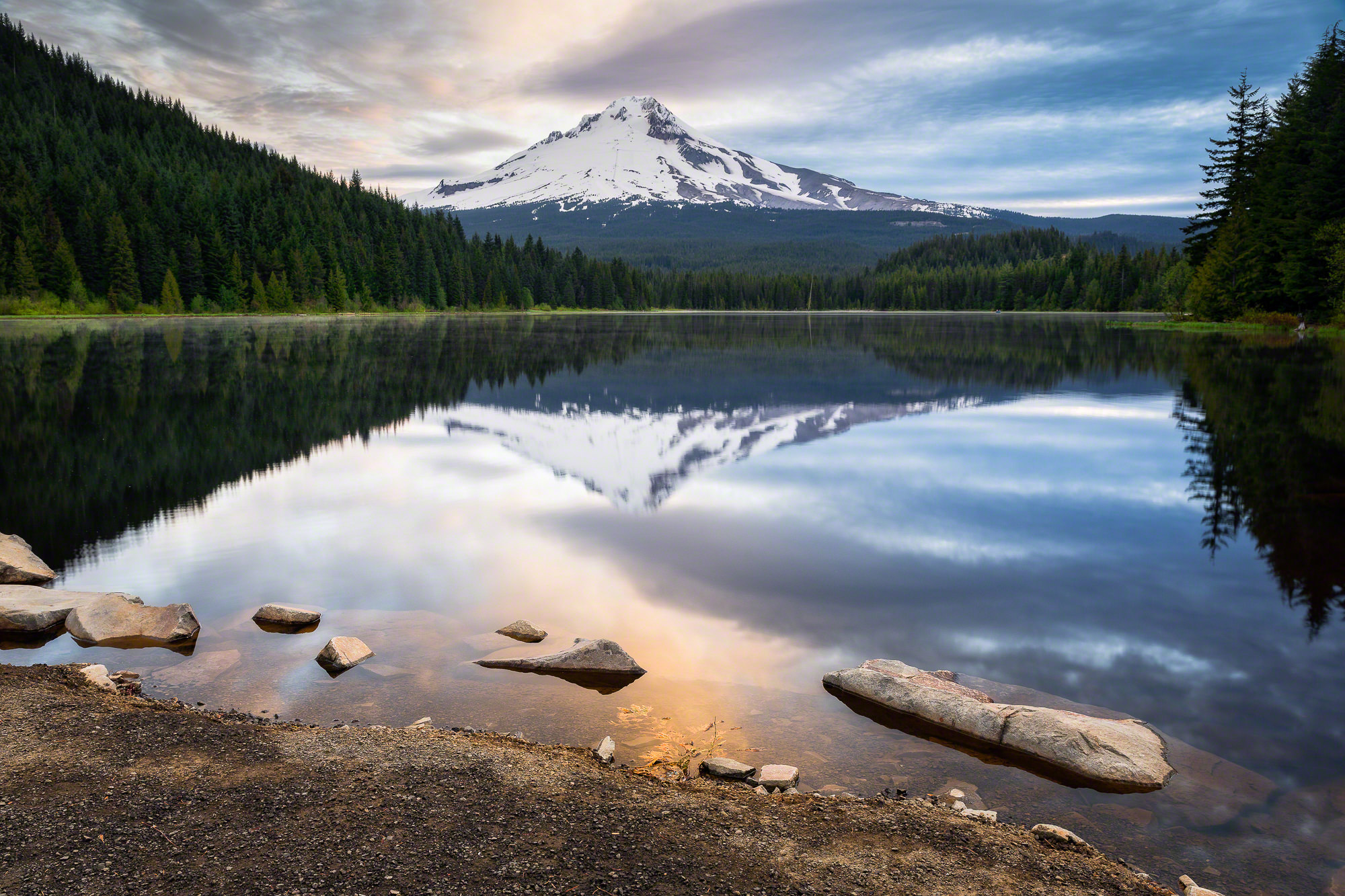



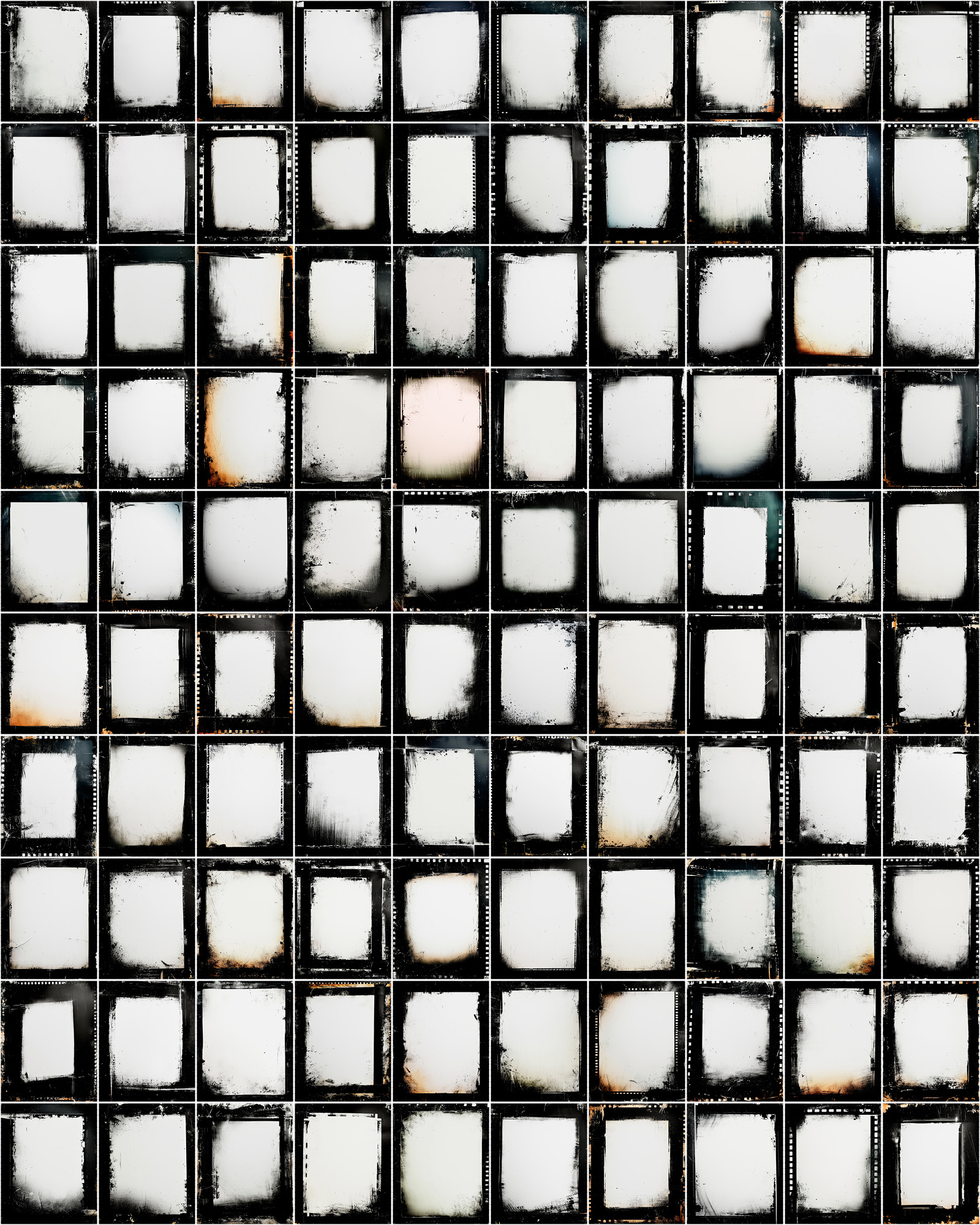





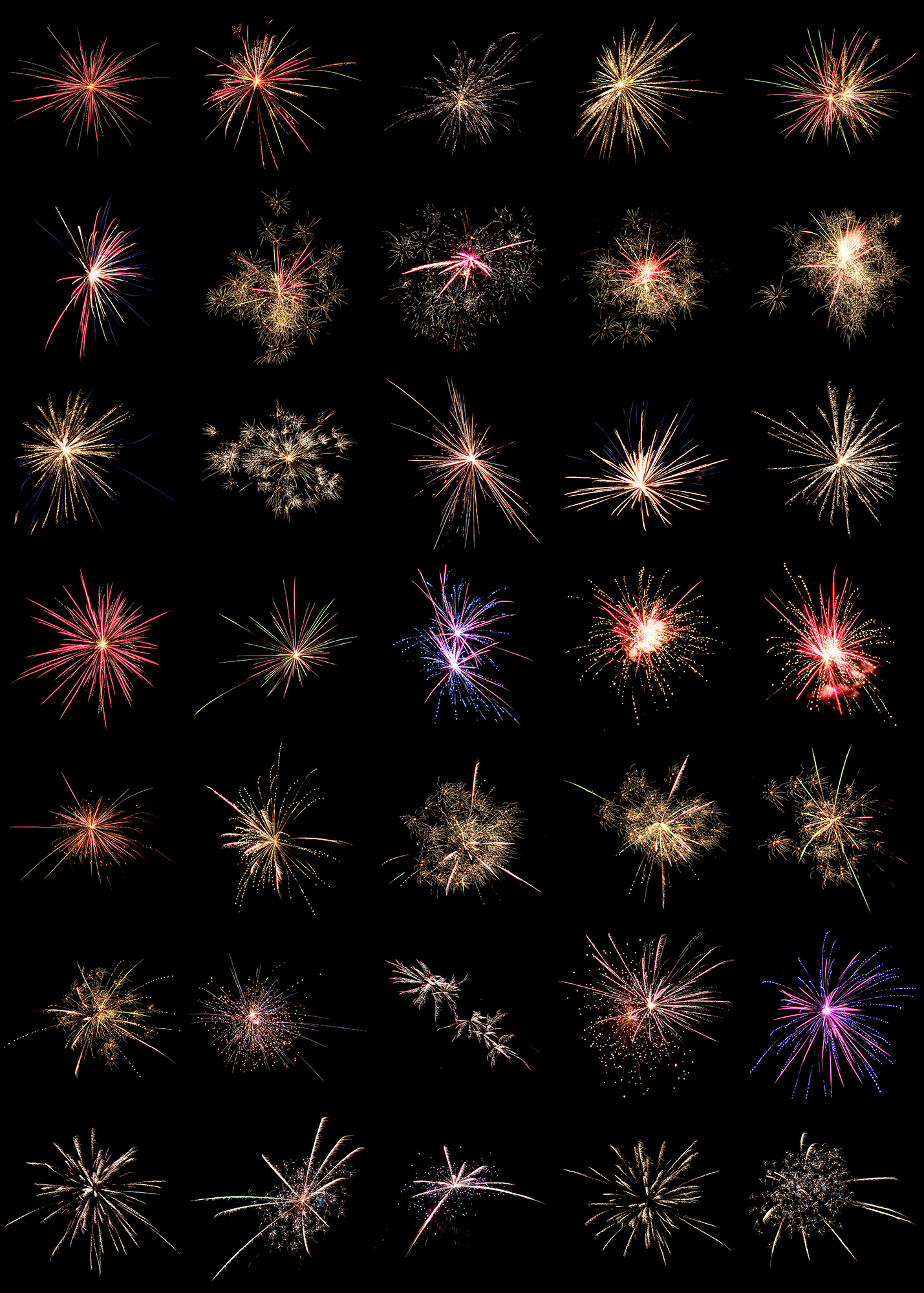

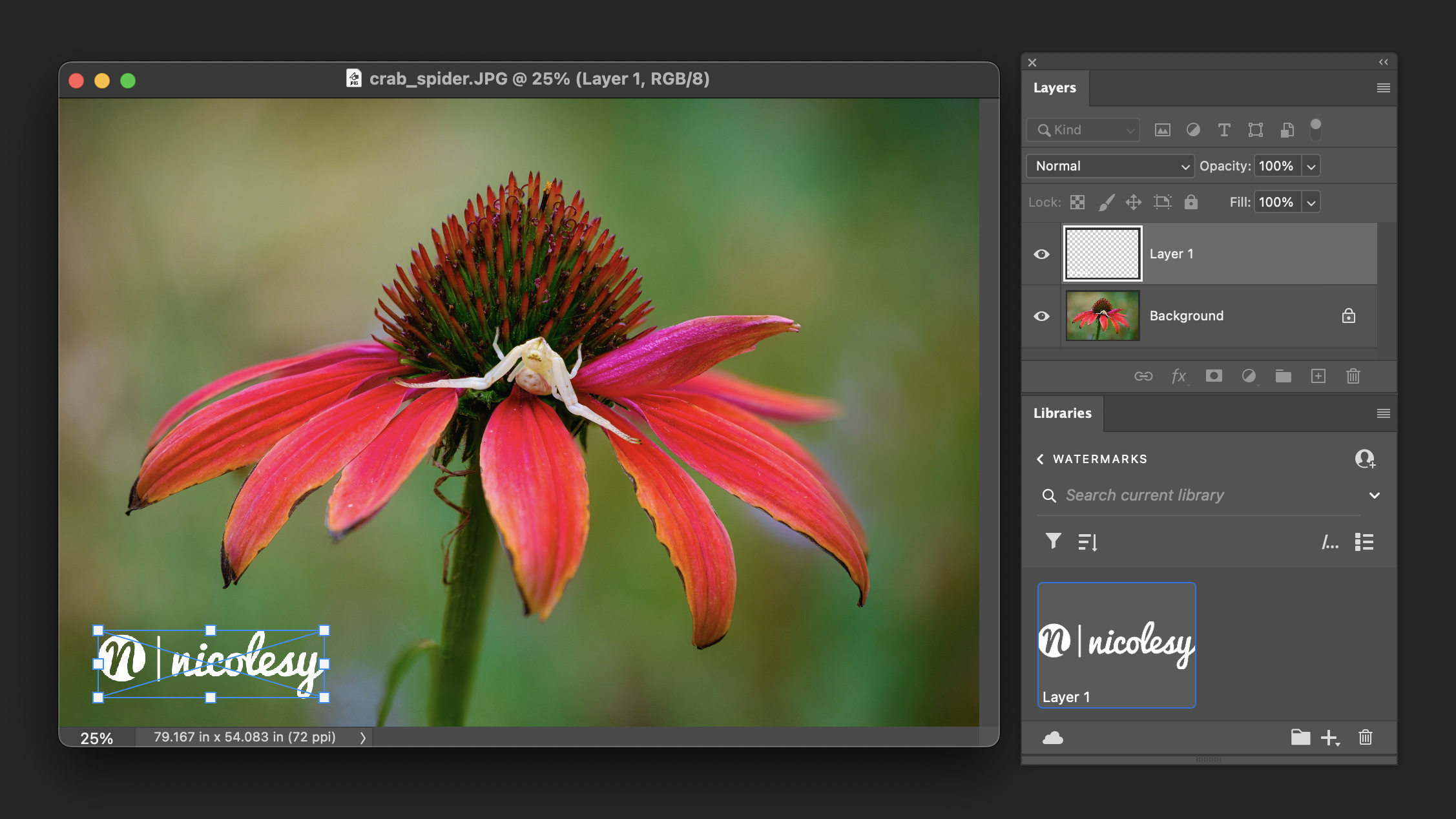
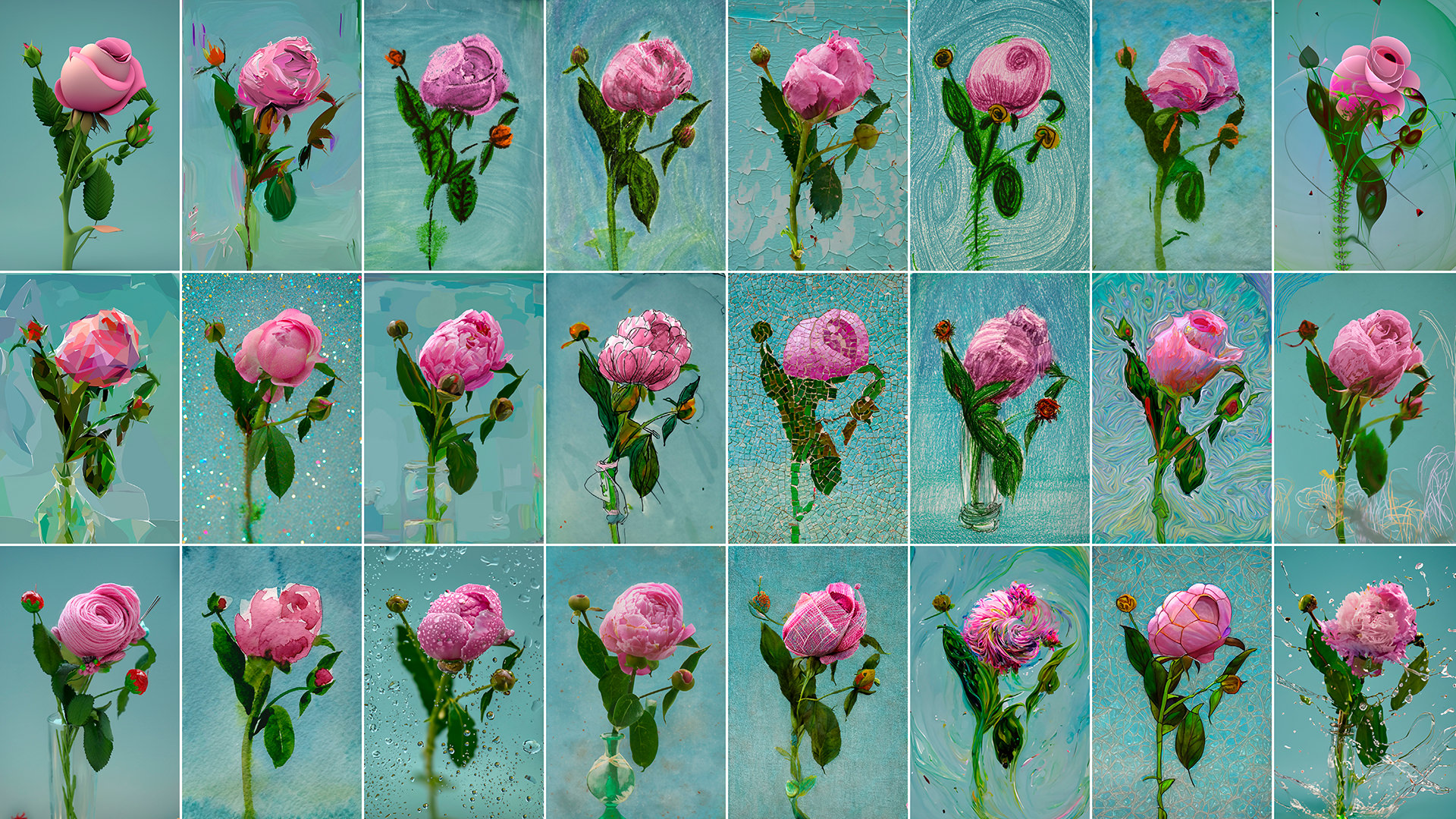

Nice post, Nicole, but I would like to clarify one point. There are two types of polarizing filters: linear and circular. They both perform the same function on reflections from water or glass. The circular type (which can be square, by the way) became necessary because linear types interfere with most auto-focus and TTL-metering cameras. The two filter types look identical, but the circular is usually labeled as such, and will work fine with any camera.
One more thing came to mind. When using a polarizer to darken the sky, one can obtain the maximum effect when pointing the camera at right angles to the sun. For example, if the sun is in the west, aiming the camera northward or southward will produce the darkest sky. Aiming to the east or west will have no darkening effect at all. No need to be concerned with compass directions; just try to shoot with the sun to the left or to the right when using a polarizing filter.